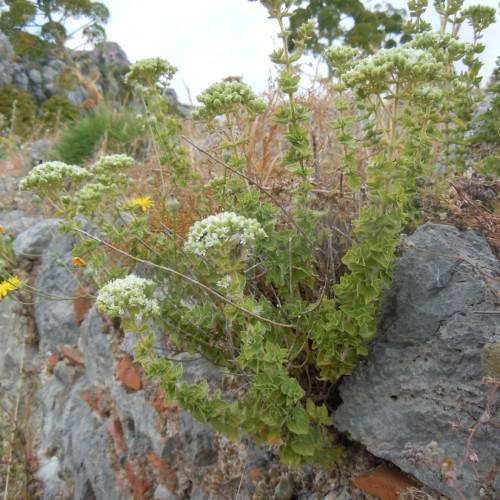
American feverfew
Parthenium hispidum
Cycle:
Herbaceous Perennial
Watering:
Minimum
Hardiness Zone:
5 - 8
Flowers:
Flowers
Sun:
Full sun,part shade
Leaf:
Yes
Growth Rate:
Low
Maintenance:
Low
Salt Tolerant:
Yes
Invasive:
Yes
watering
The American feverfew plant (Parthenium hispidum) should be watered moderately. During the active growing season, if the top 2-3 inches of the soil are dry, it should be watered deeply, approximately once every week. In the fall, as the temperatures cool and the growth slows, it only needs to be watered every 2-3 weeks. During the winter months, the plant should only be watered when the soil is dry to a depth of 3-4 inches.
sunlight
American feverfew (Parthenium hispidum) prefers full sun for at least 6 to 8 hours each day. It can also thrive with partial sun for 4 to 6 hours per day. For optimal growth, it is best to place the plant in an area that receives direct sunlight in the morning and partial shade in the afternoon. Direct midday sun may be too intense in some locations. The plant should also be protected from any strong winds and extreme temperatures.
pruning
American feverfew (Parthenium hispidum) should be pruned in late winter or early spring when the plant is still dormant. Prune selectively to remove any dead or diseased wood, as well as any wayward or overly crowded branches. Prune back 1-third of the oldest branches of the plant to keep it from becoming overly woody or overly tall. Pruning also helps to ensure its symmetrical form and promotes a large number of blooms.
